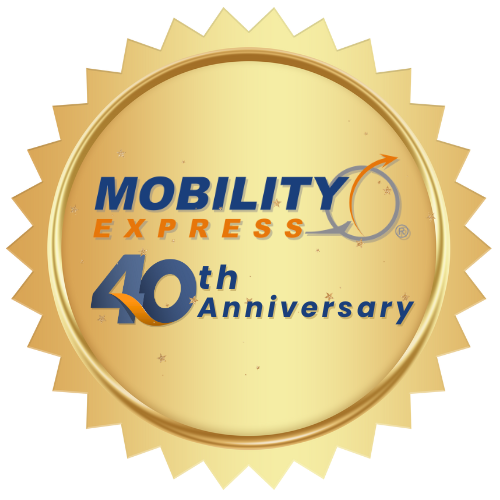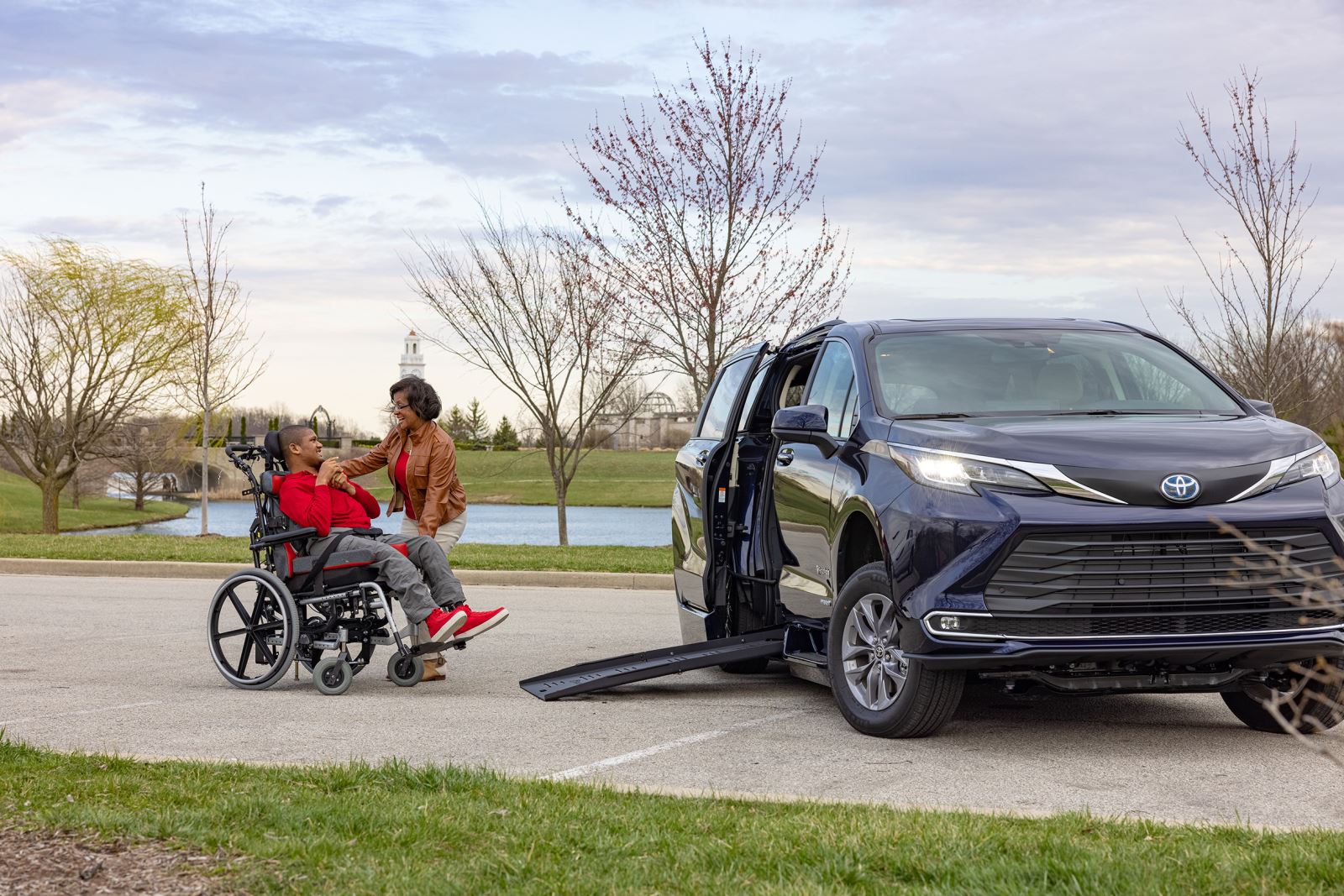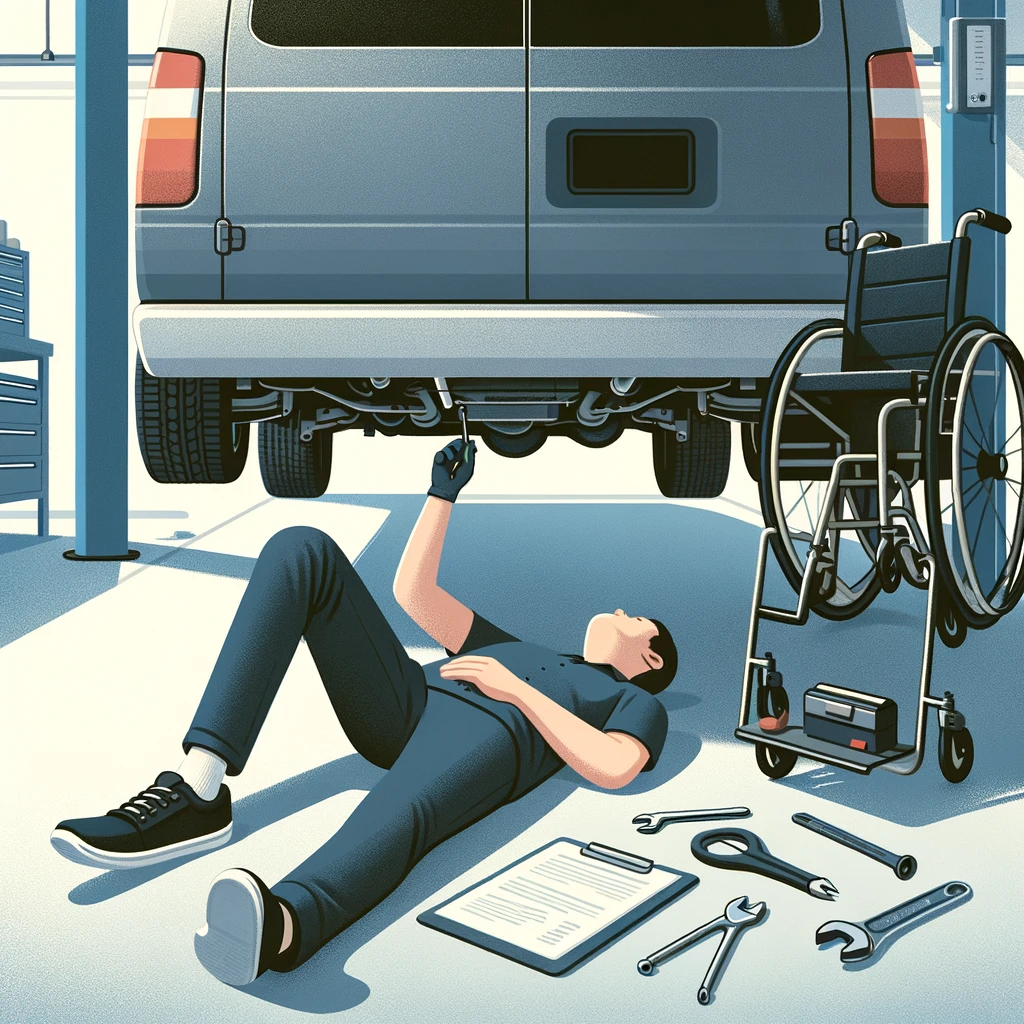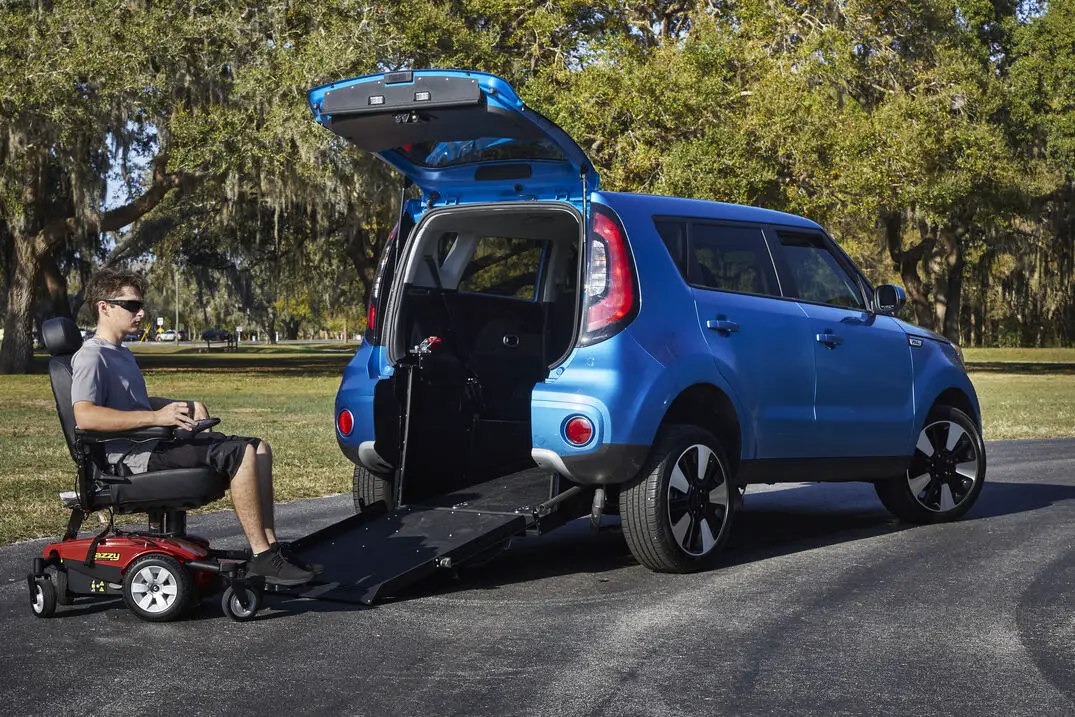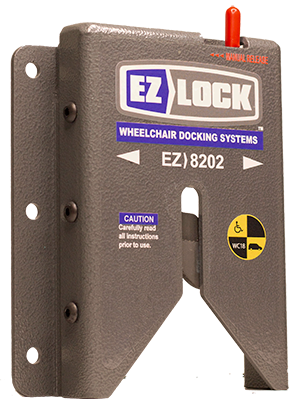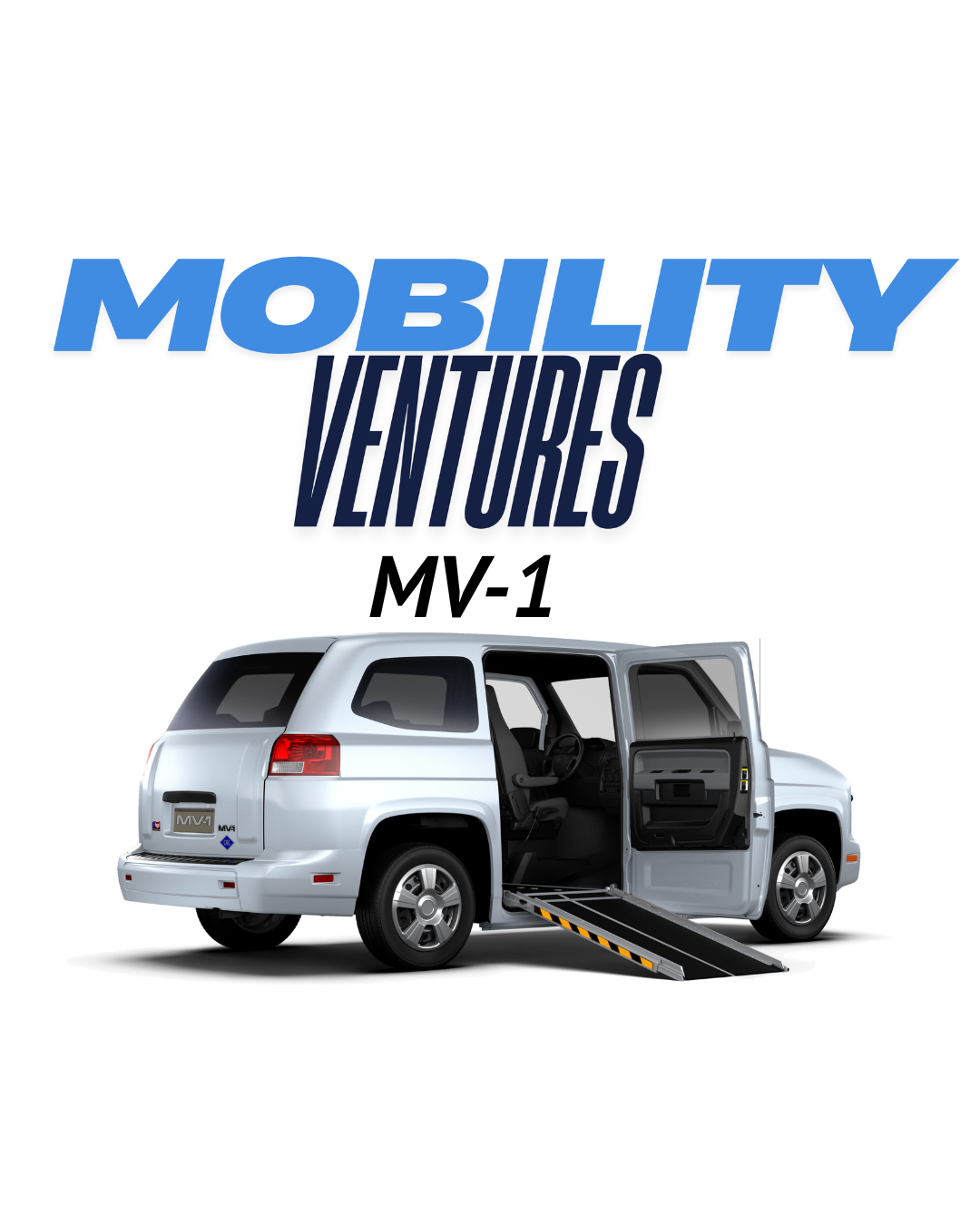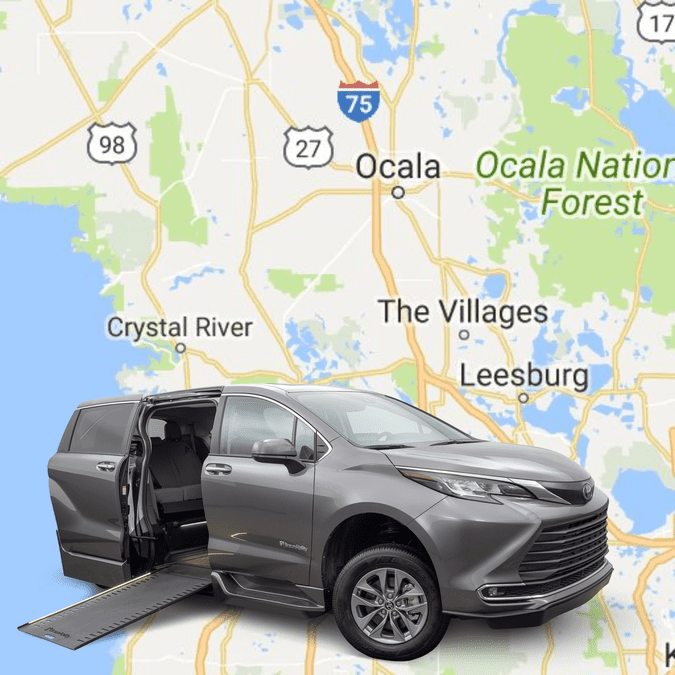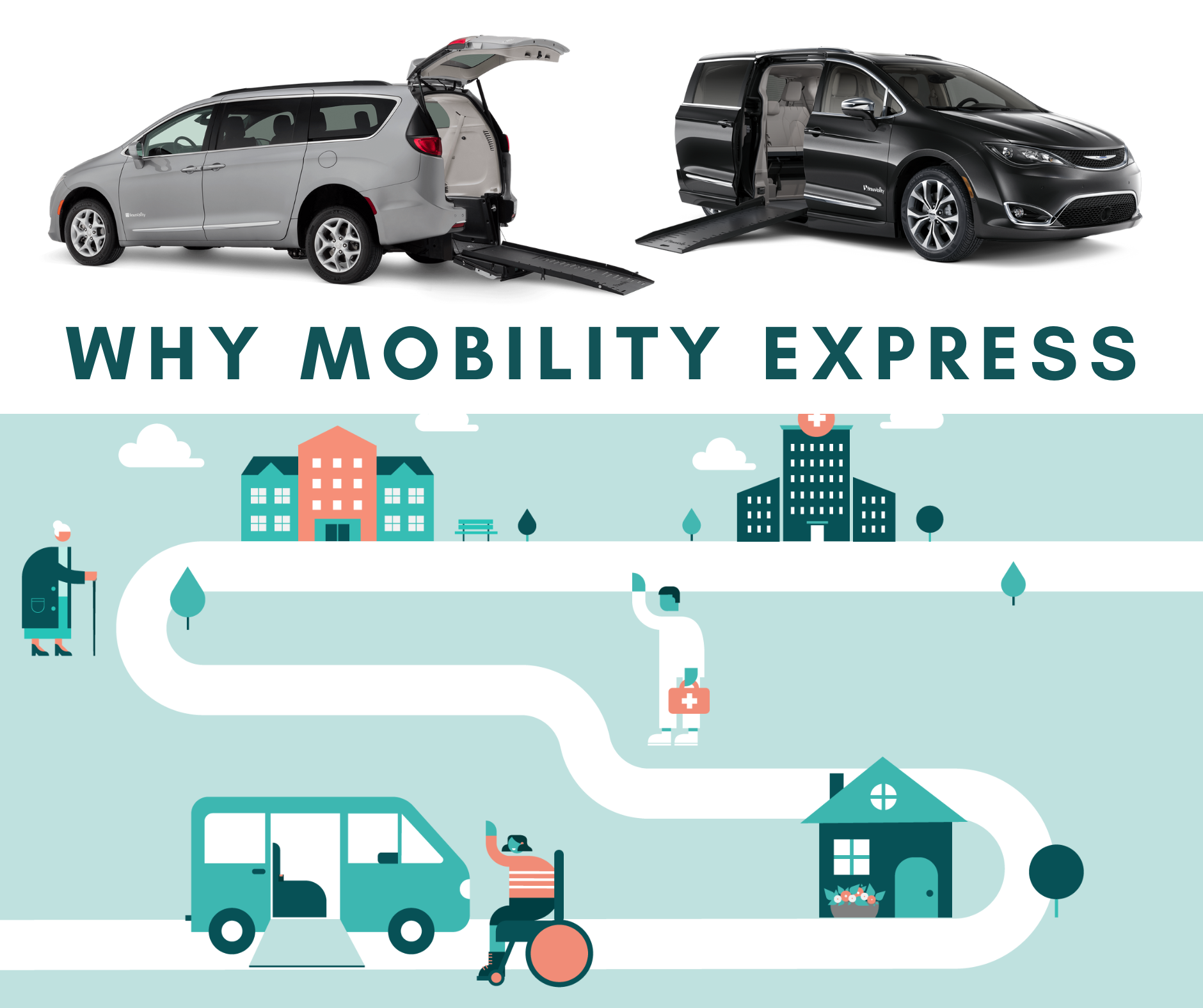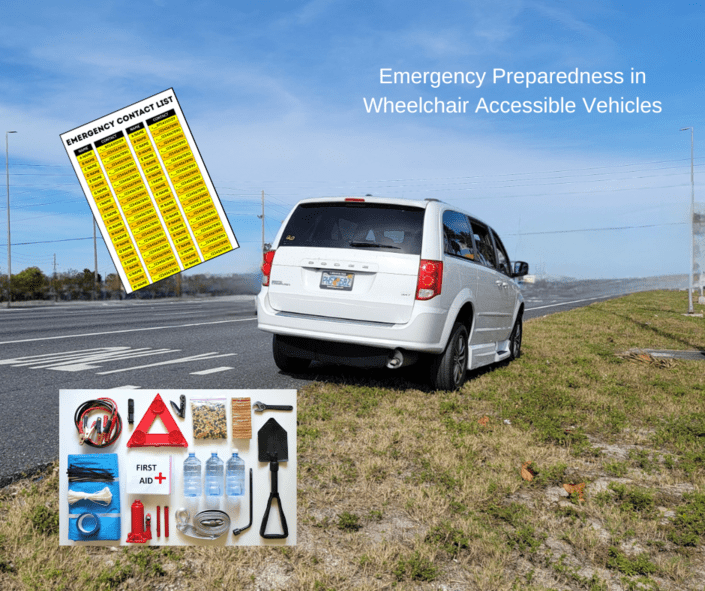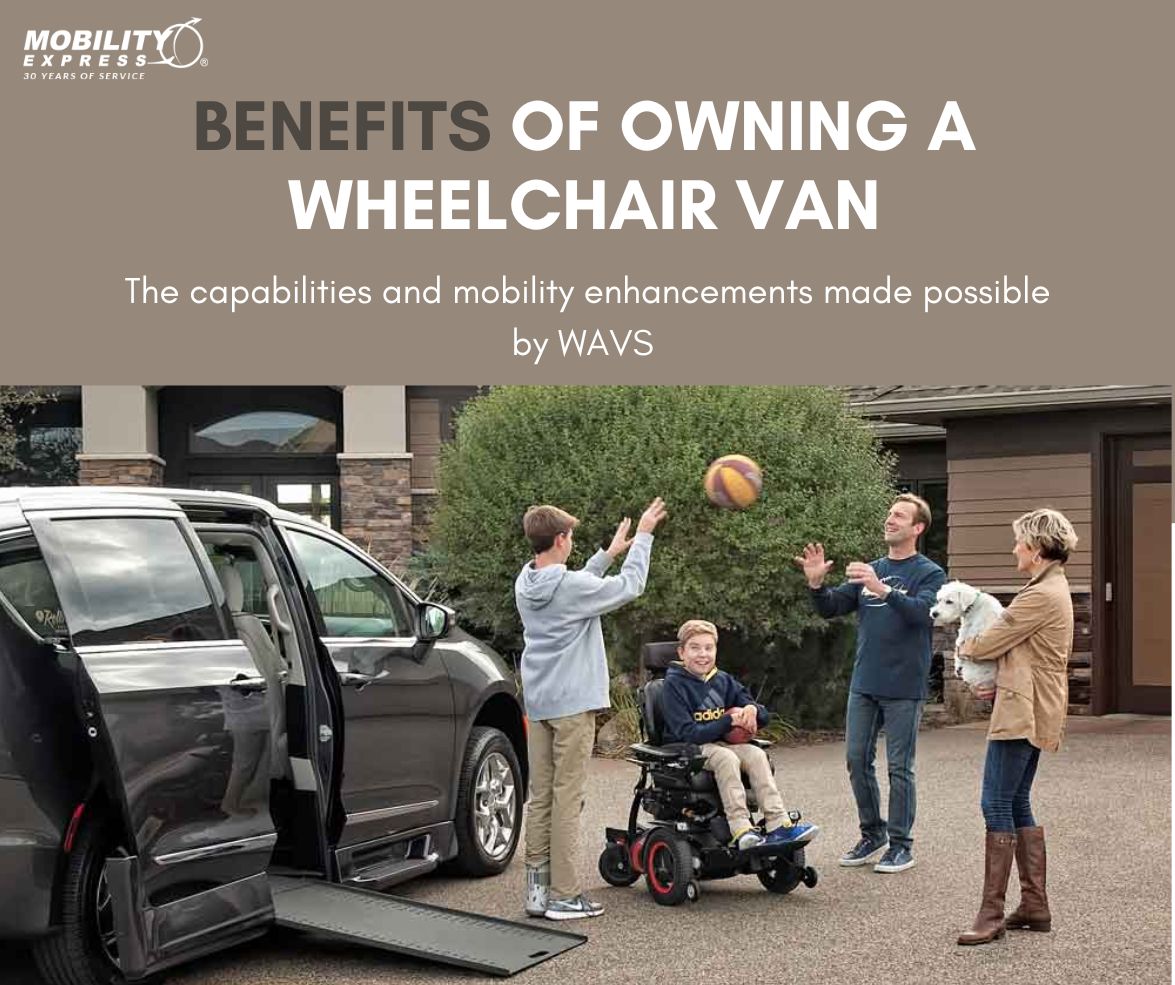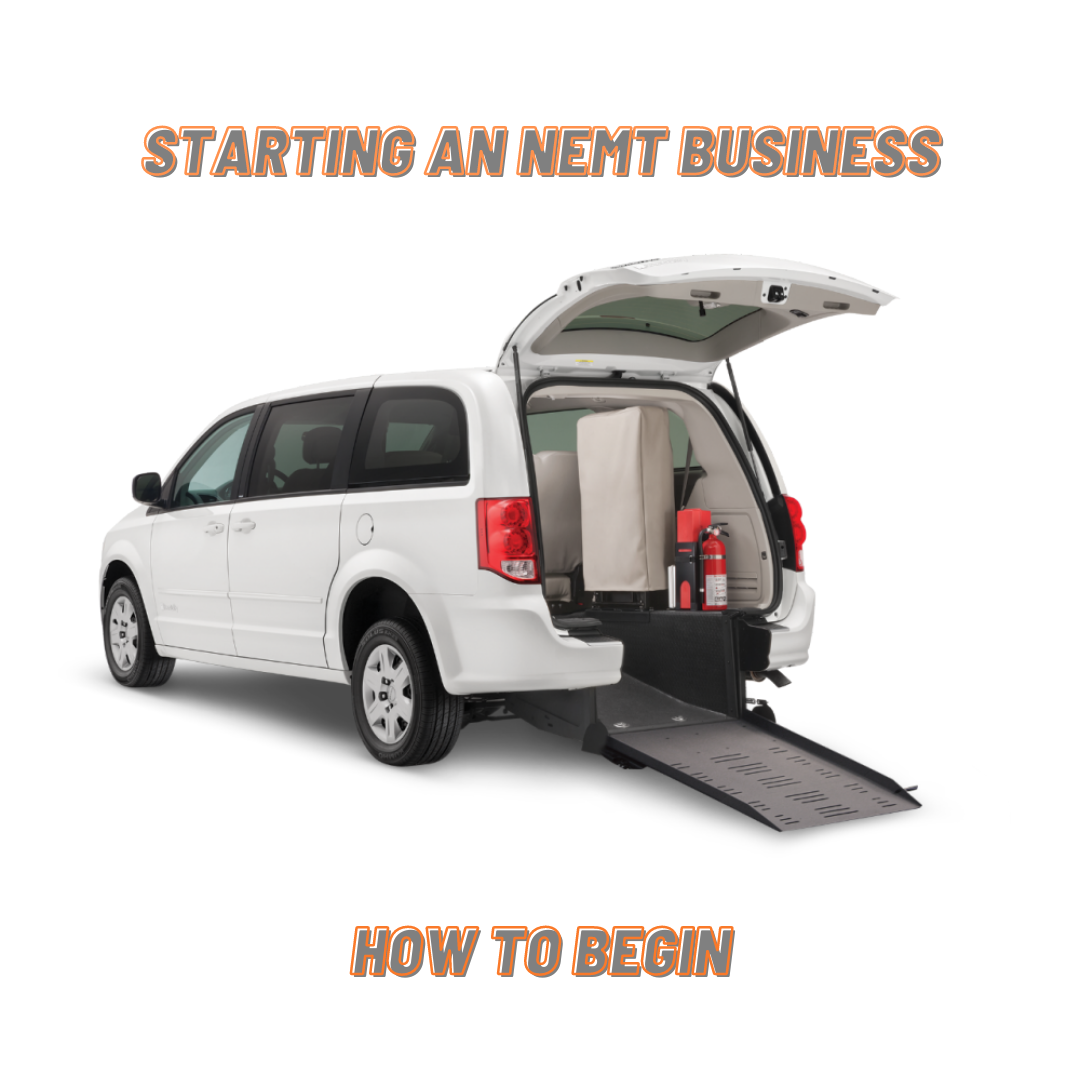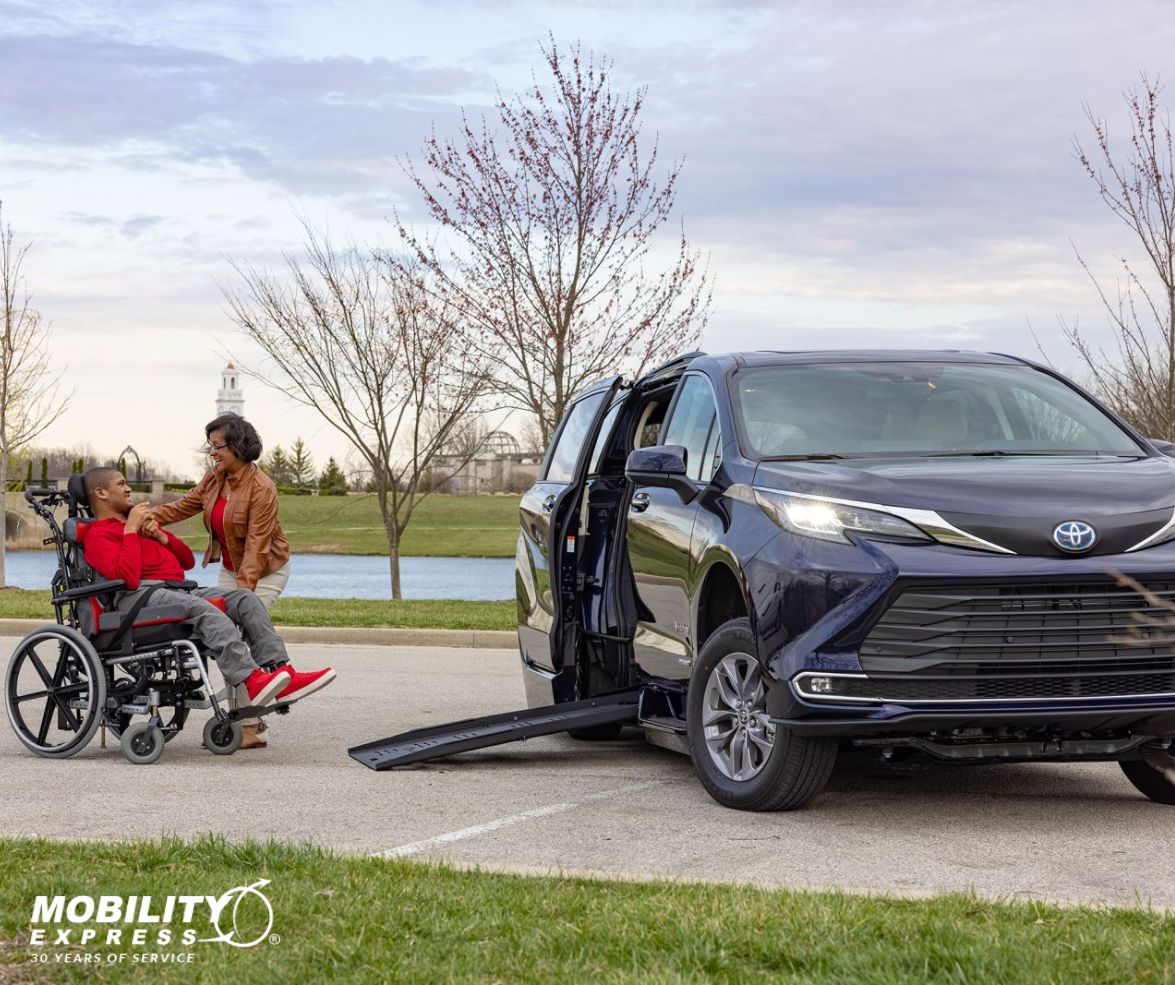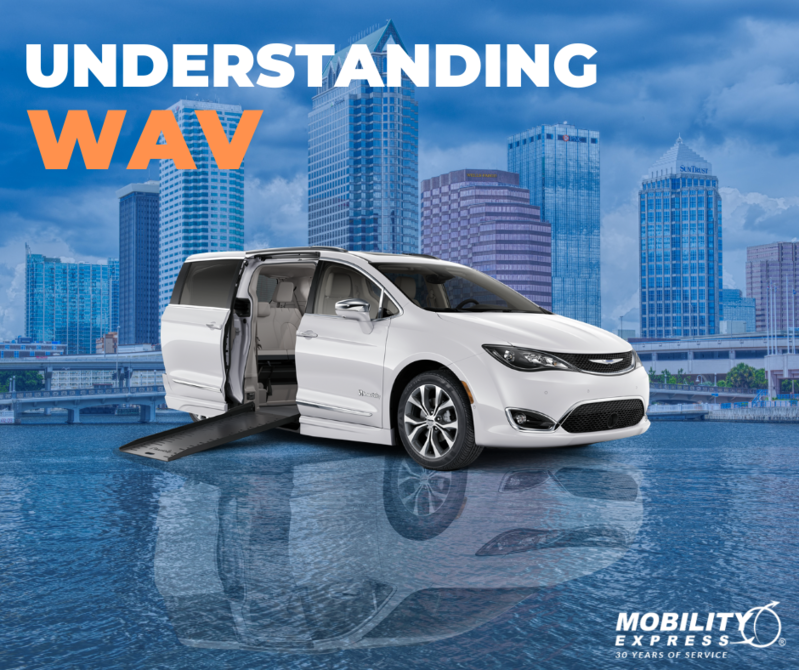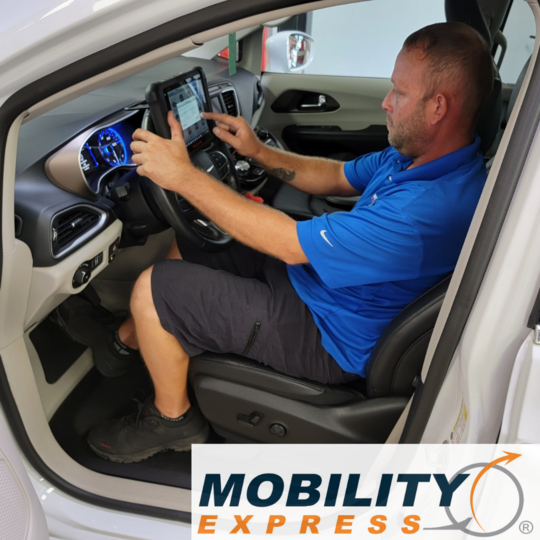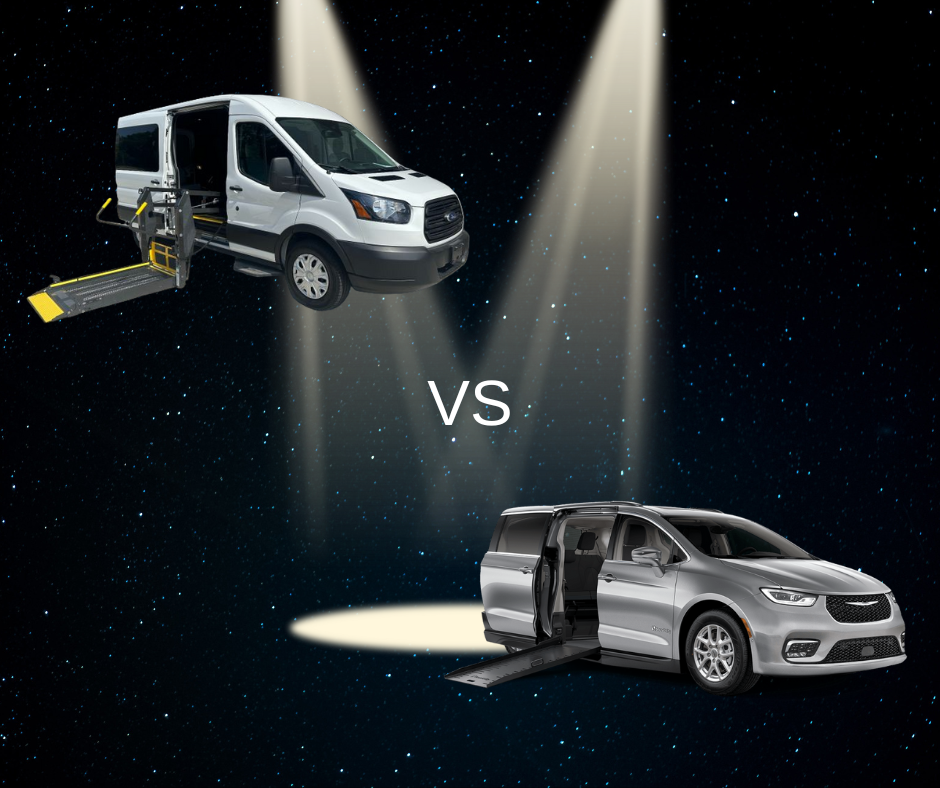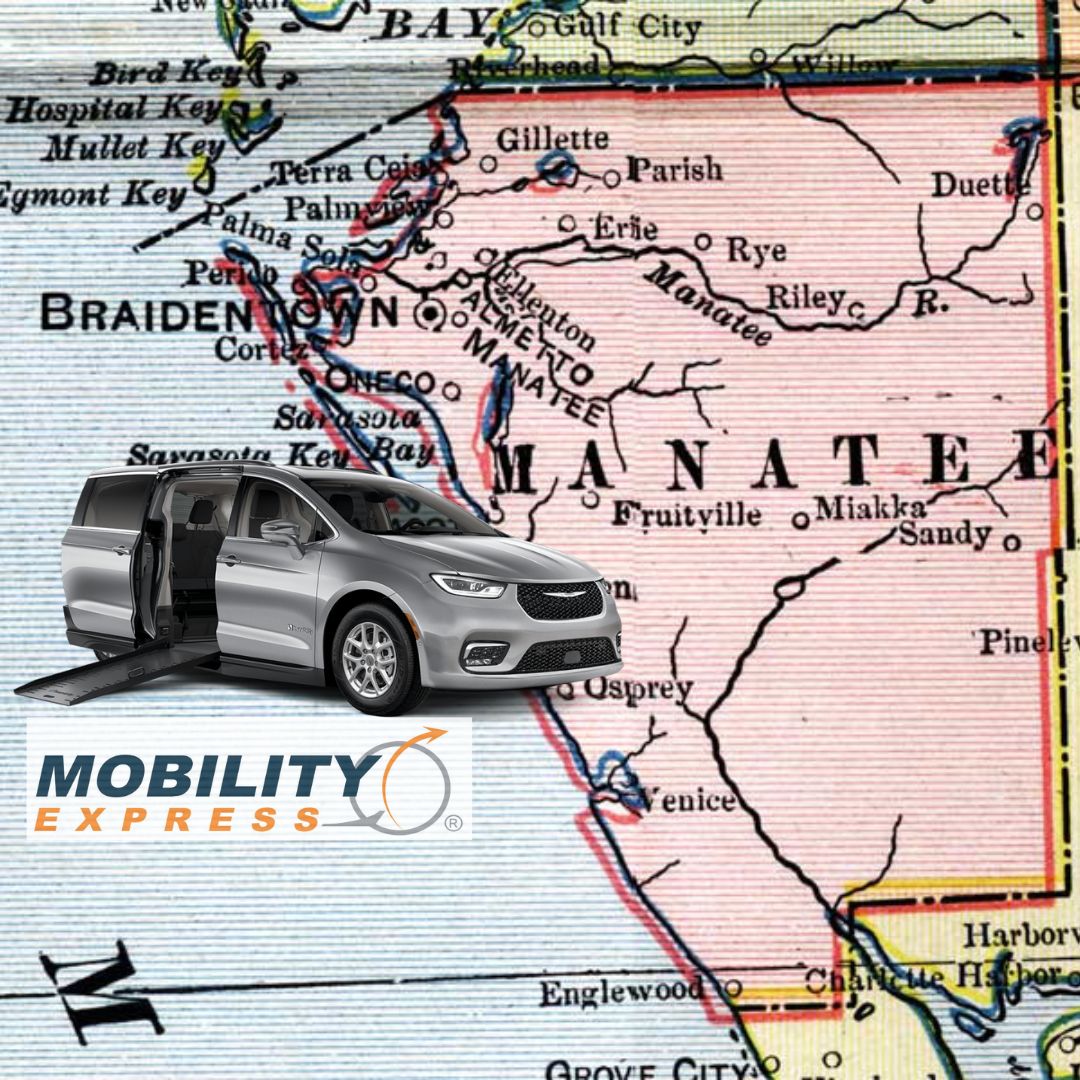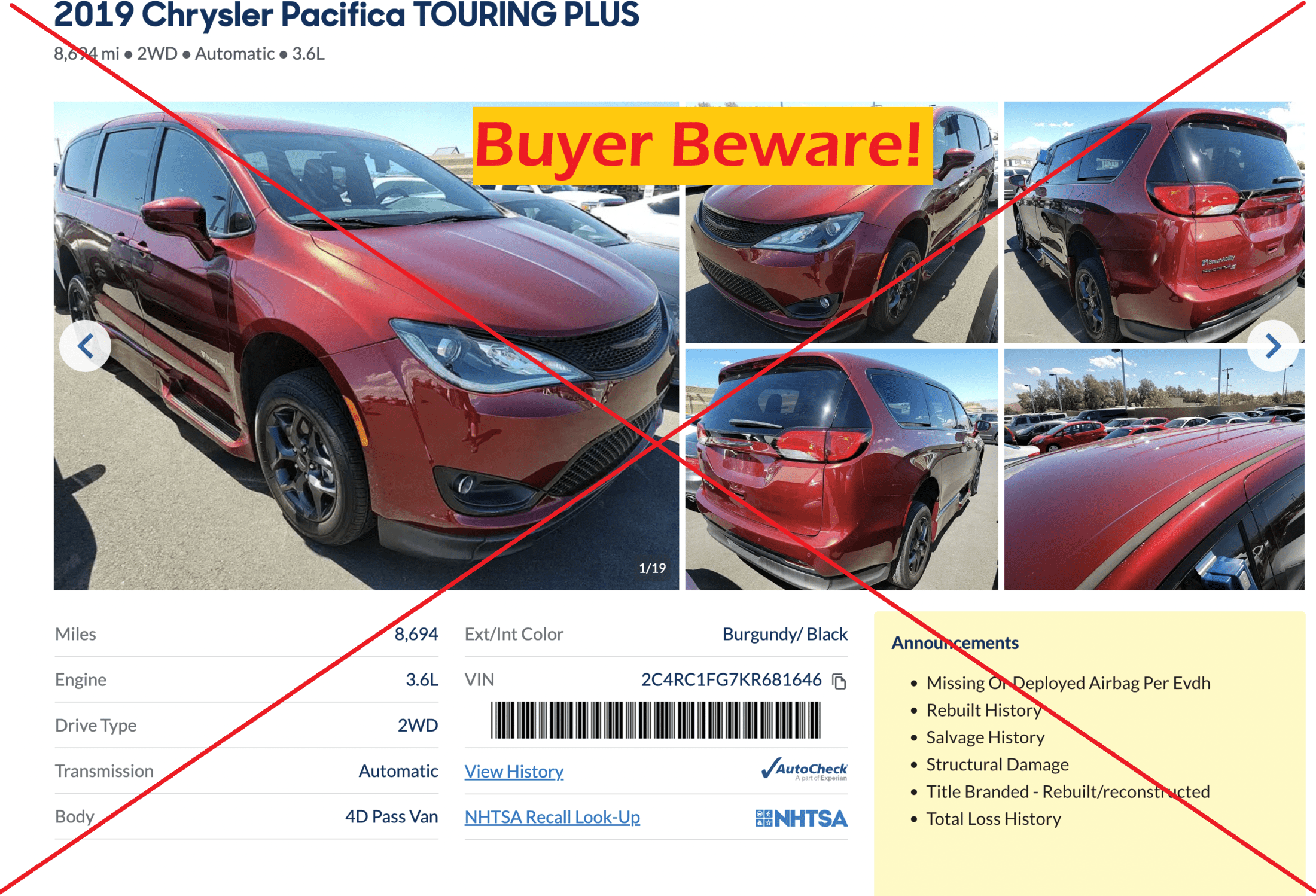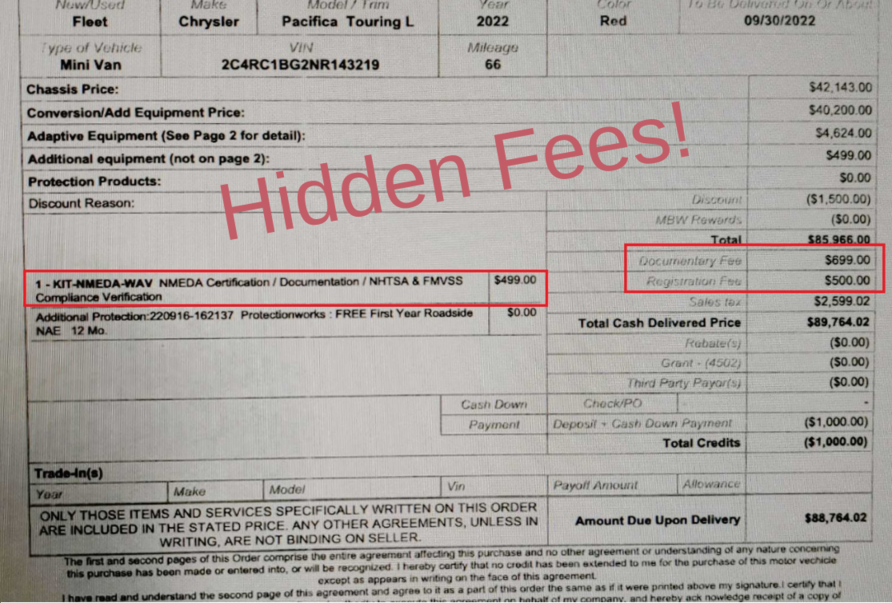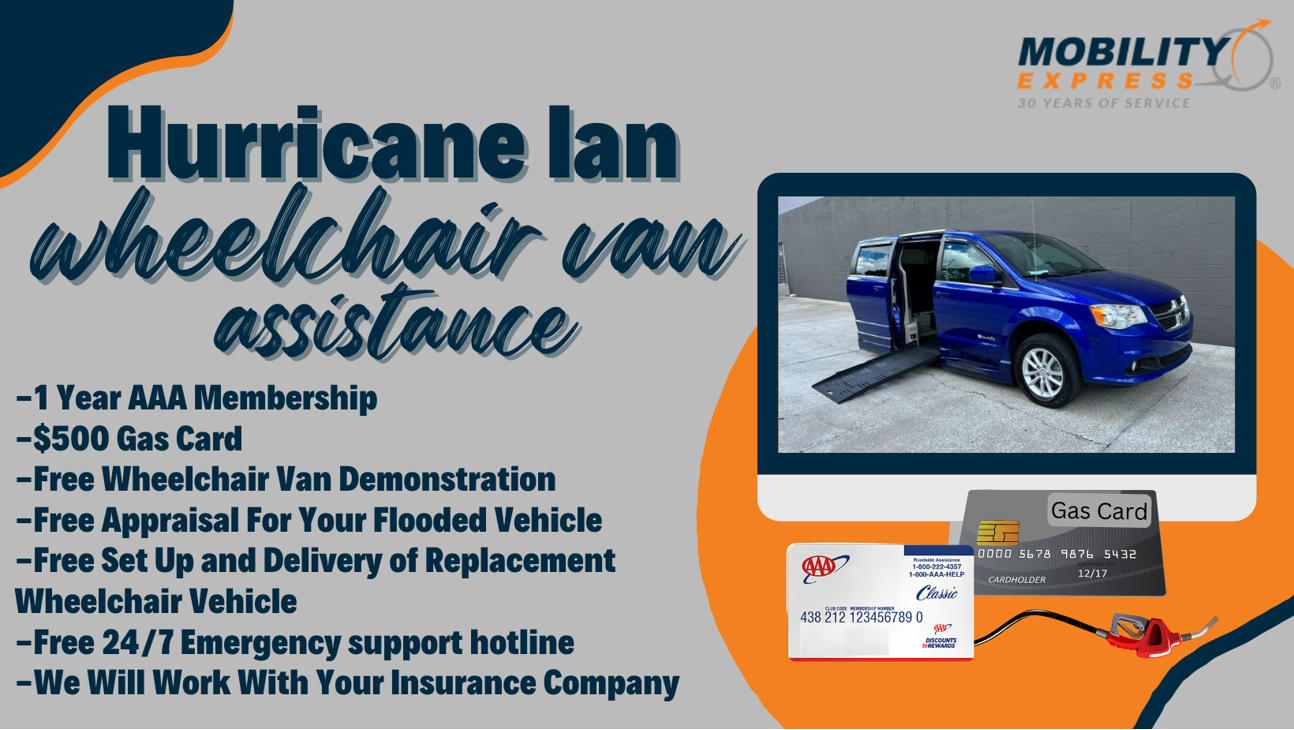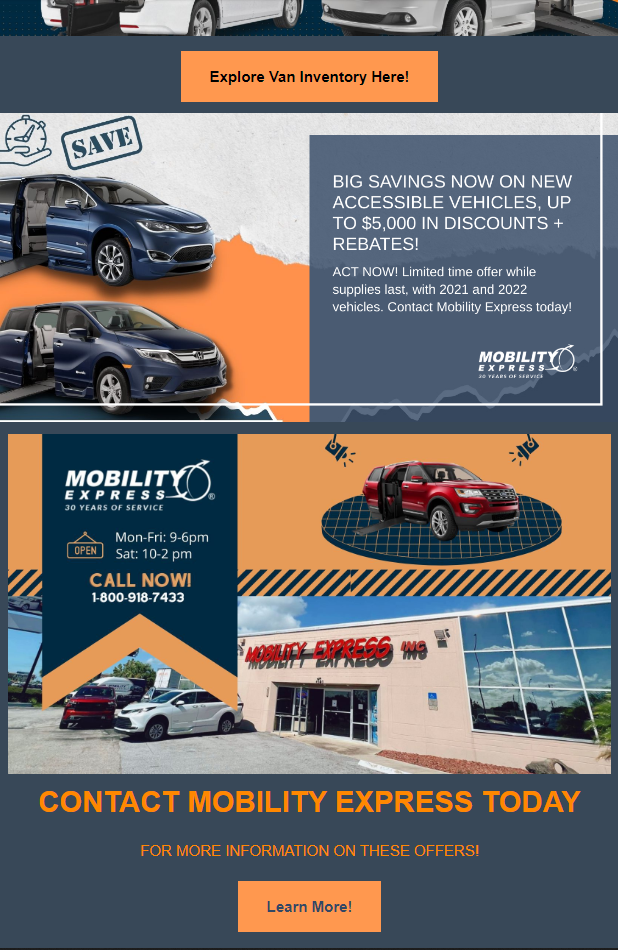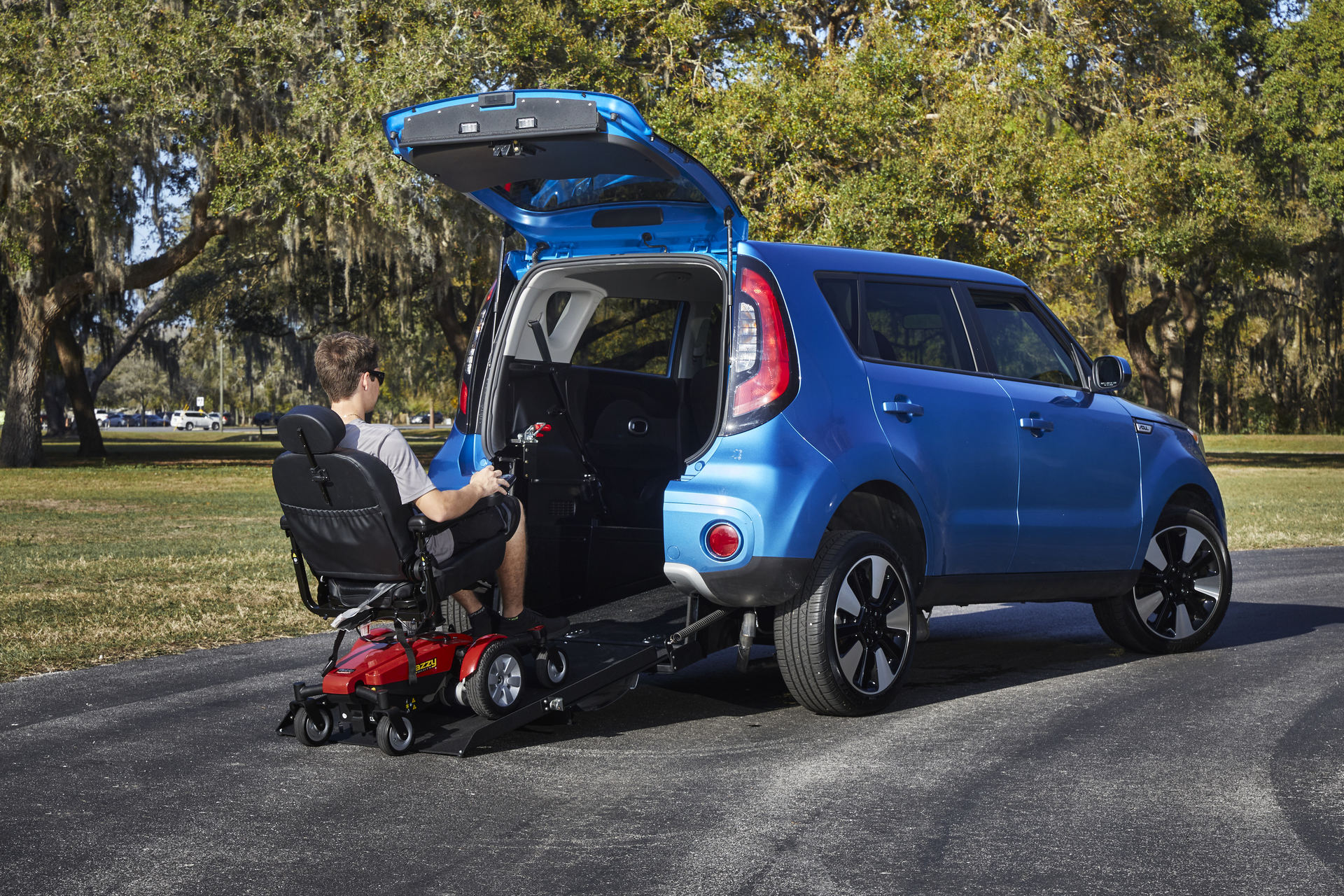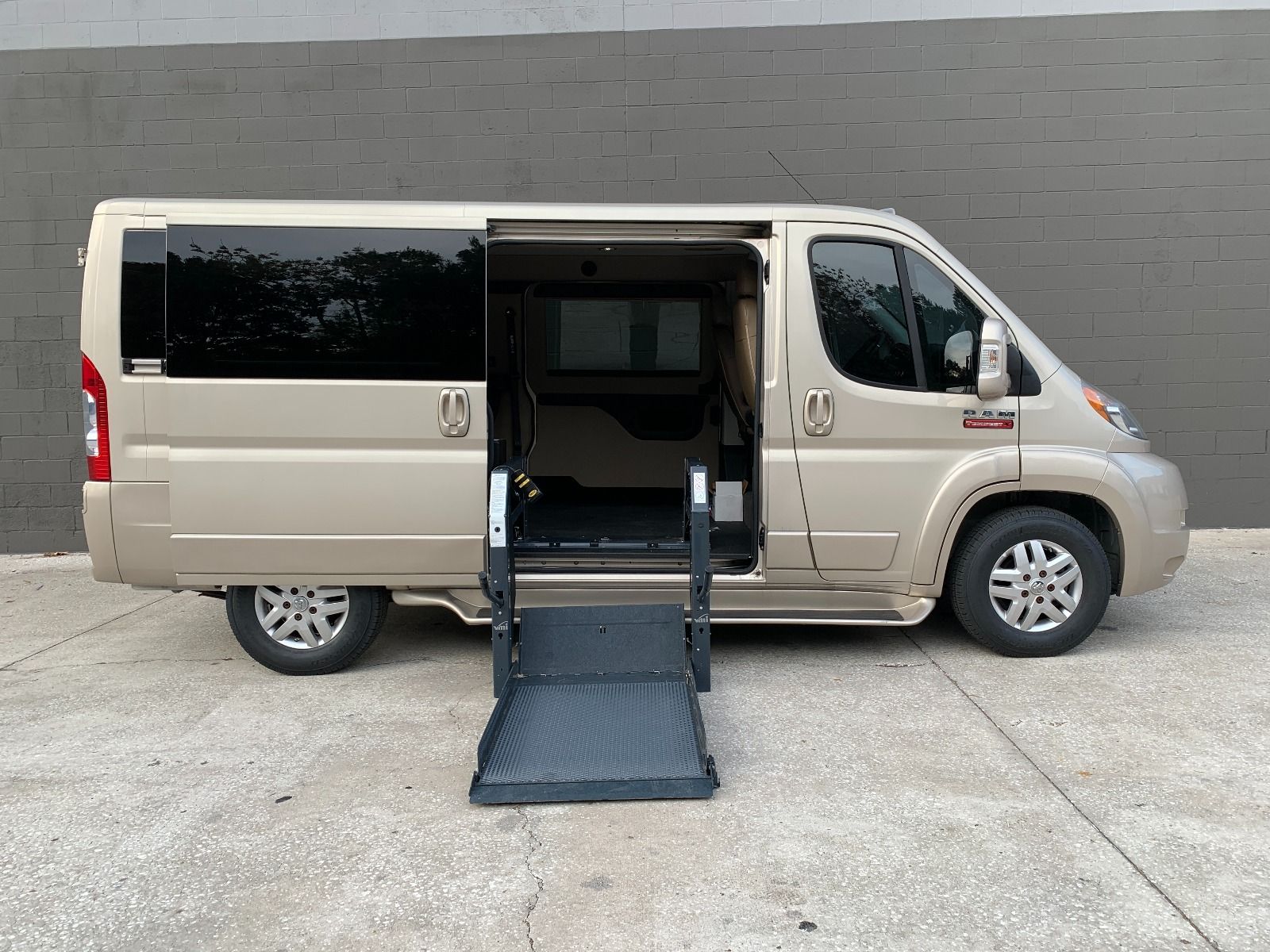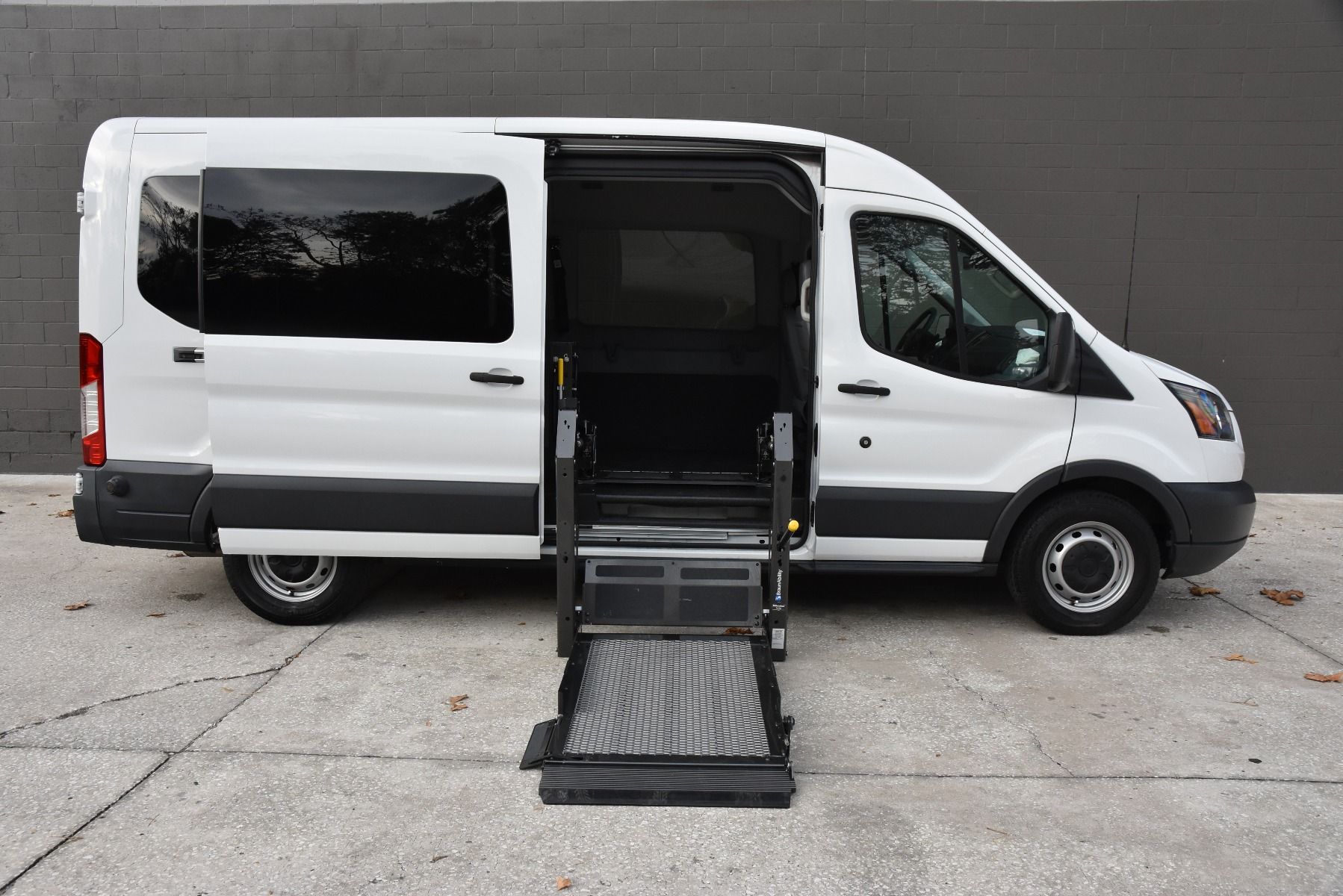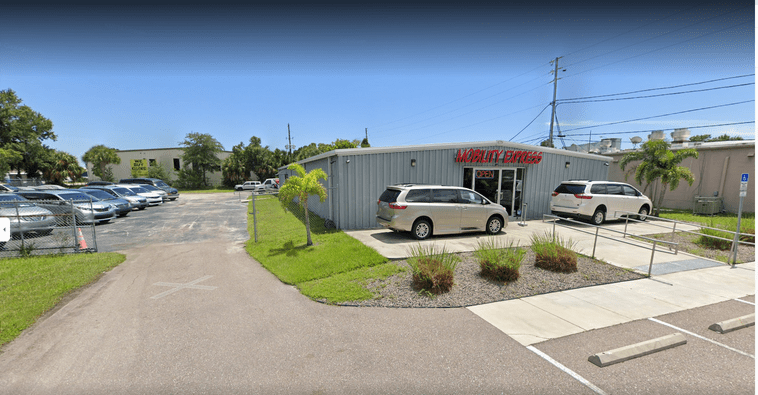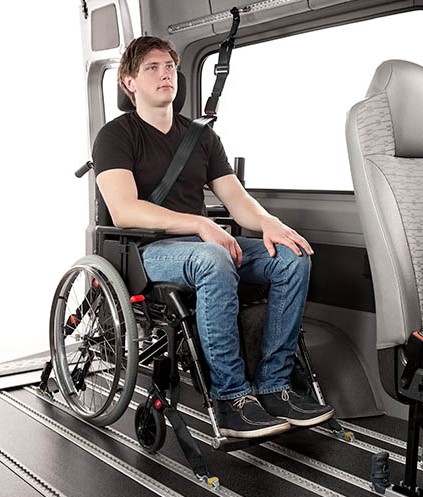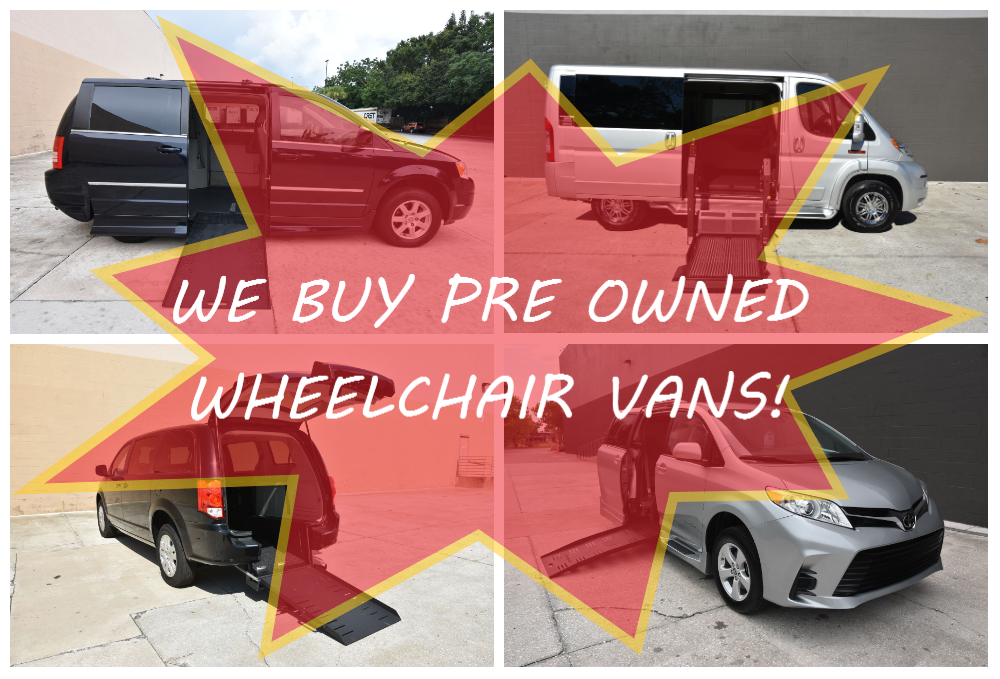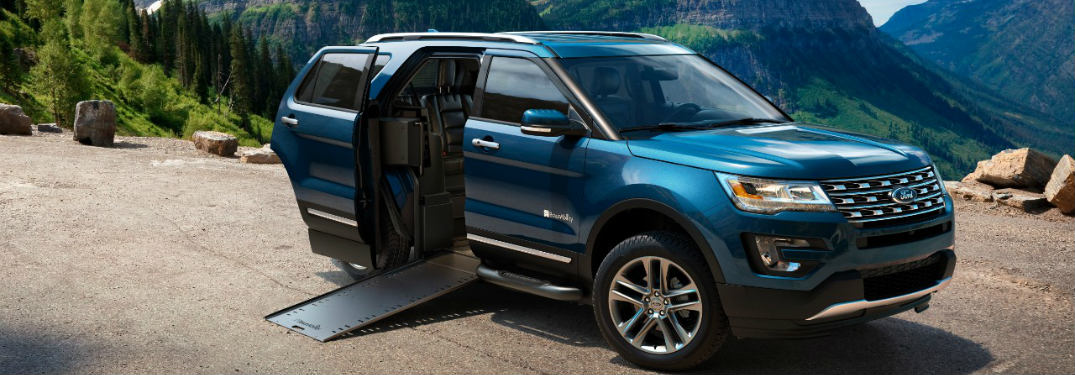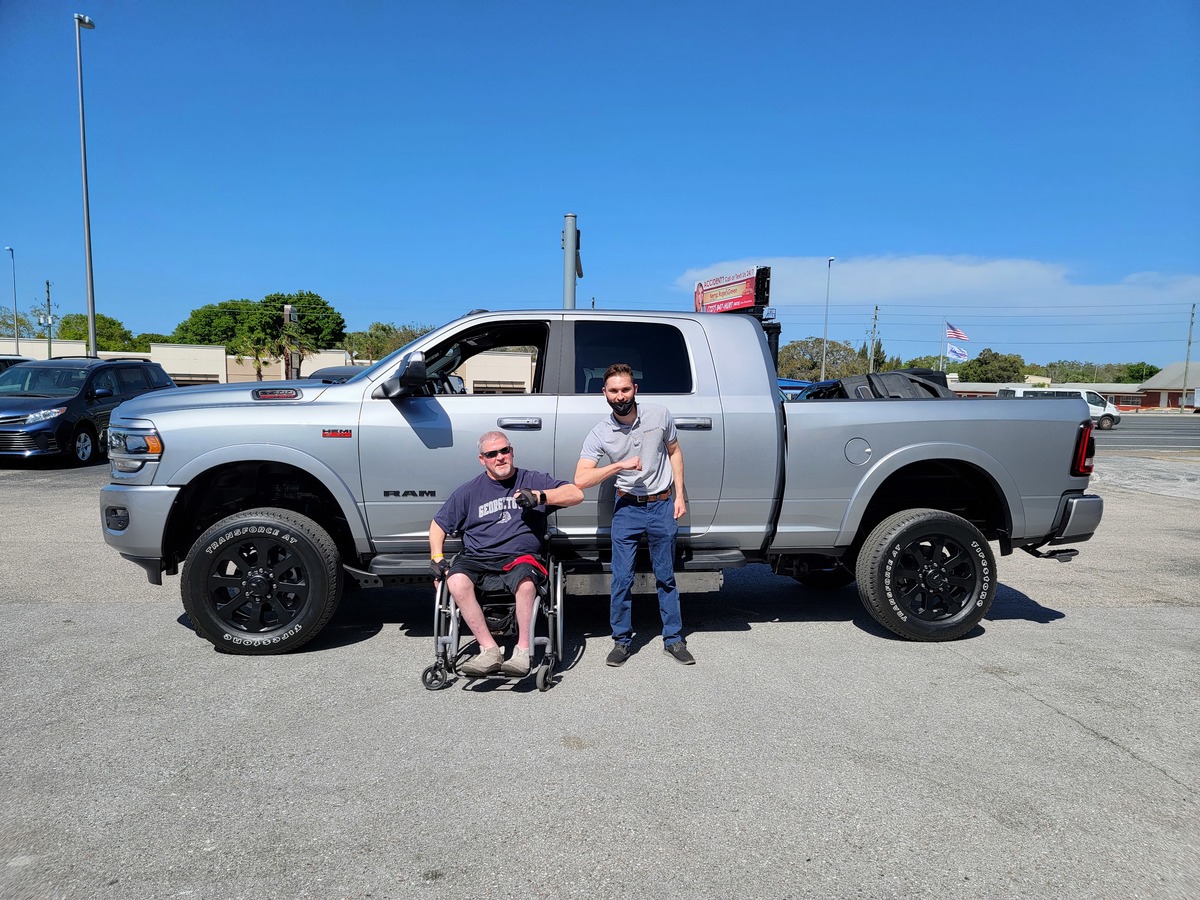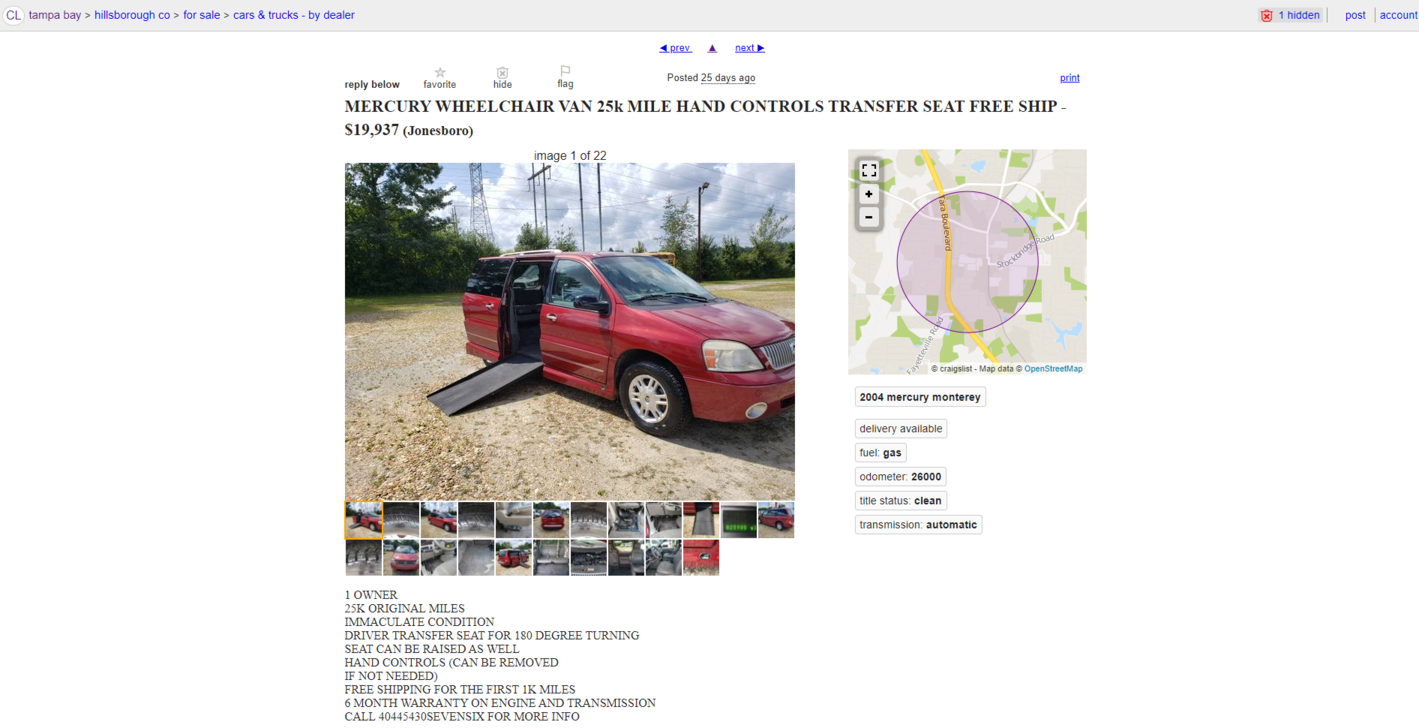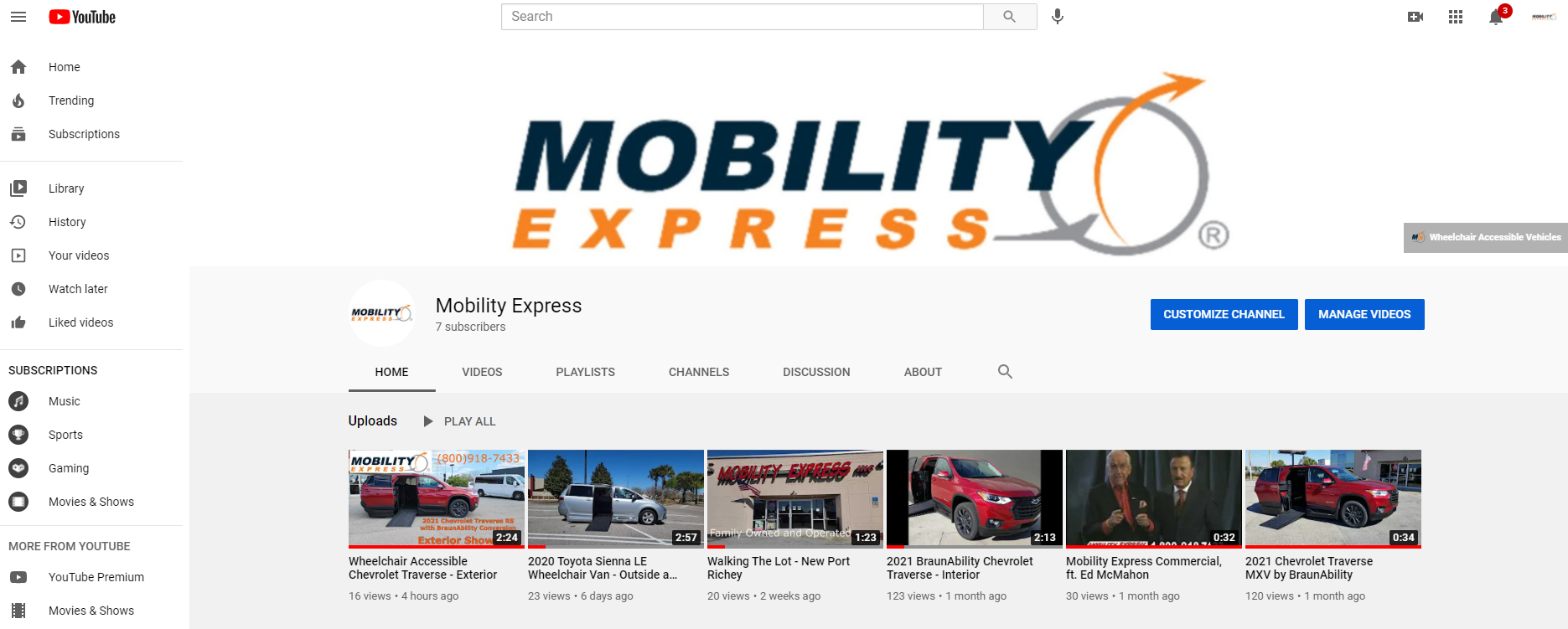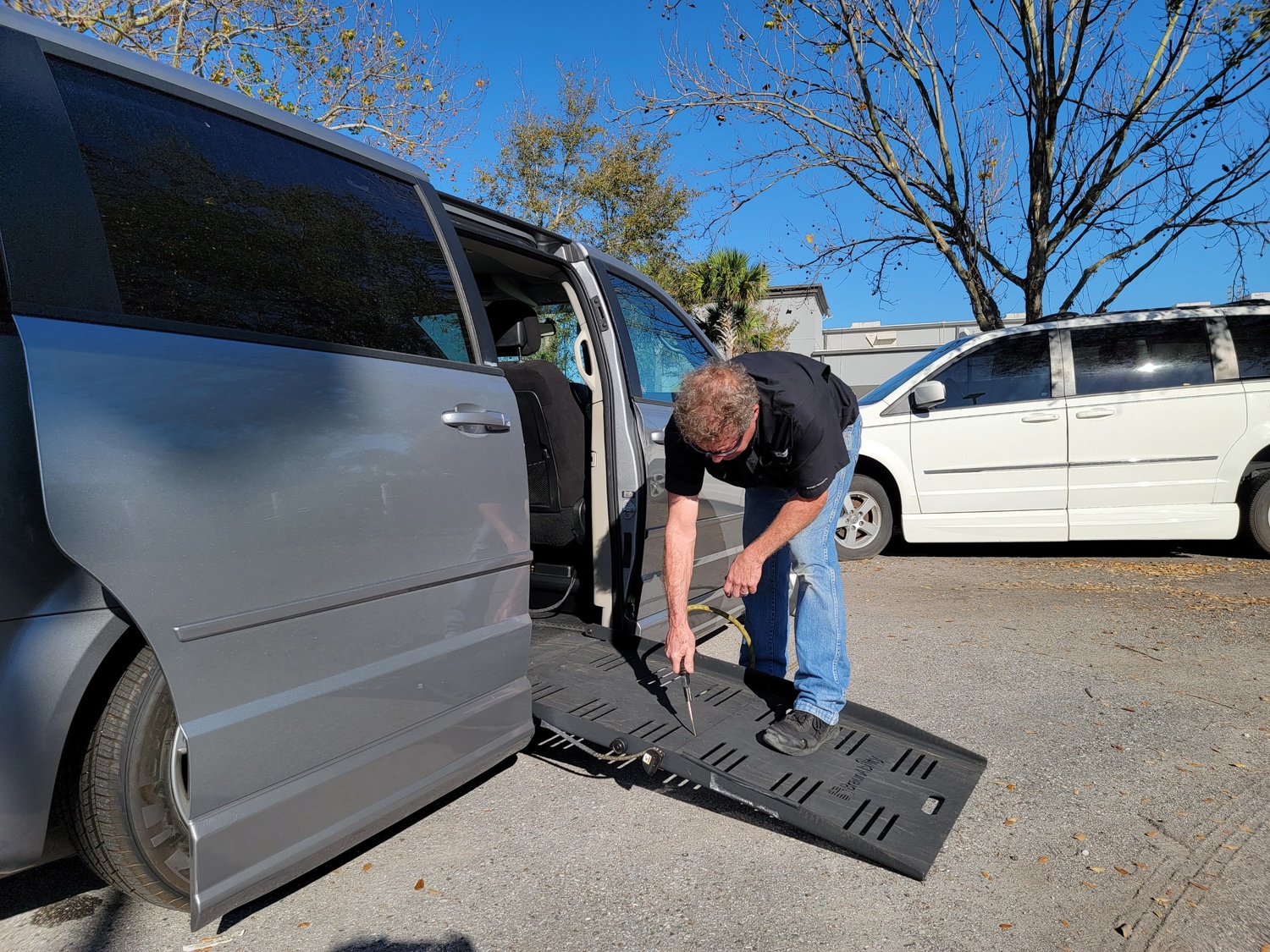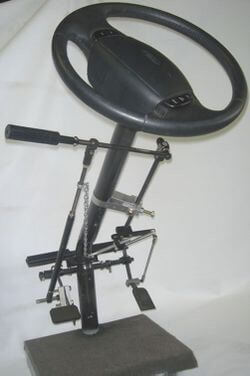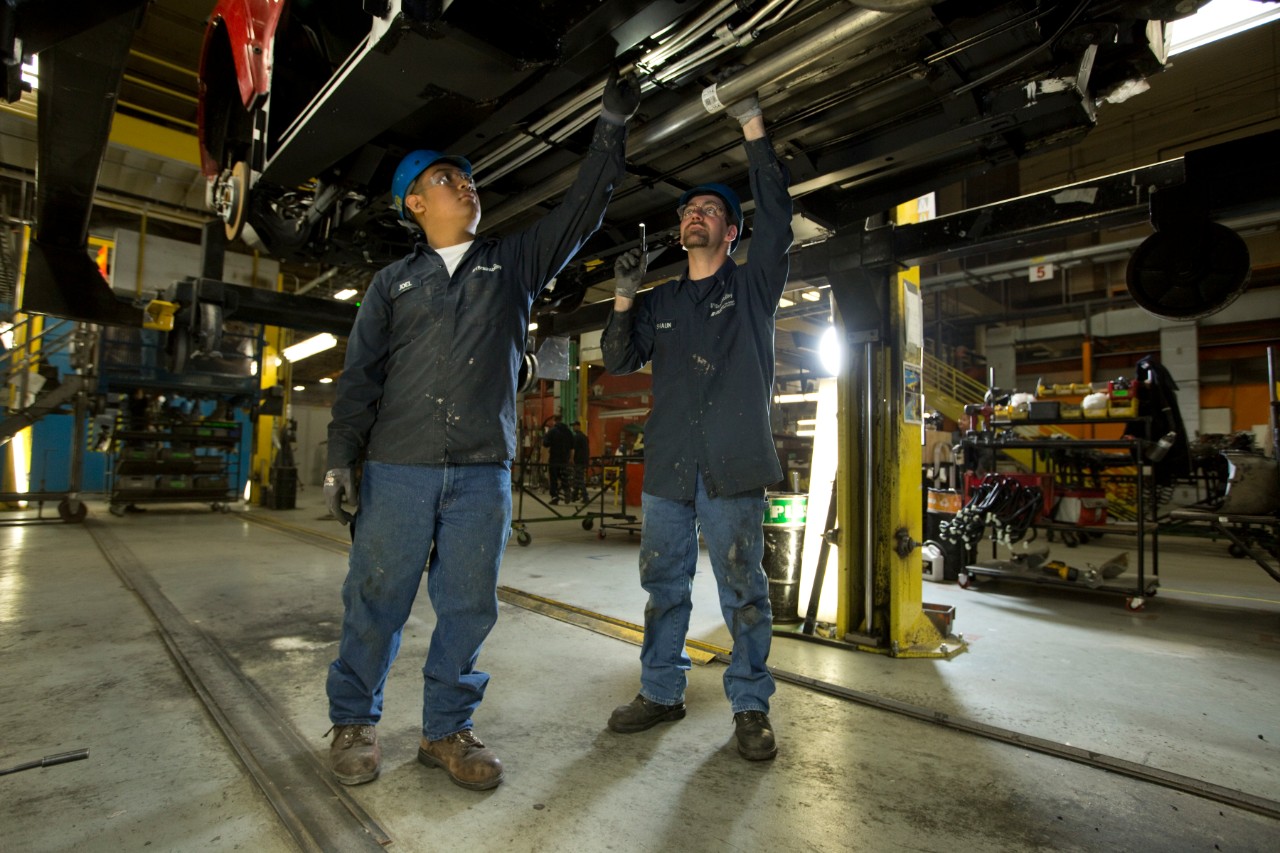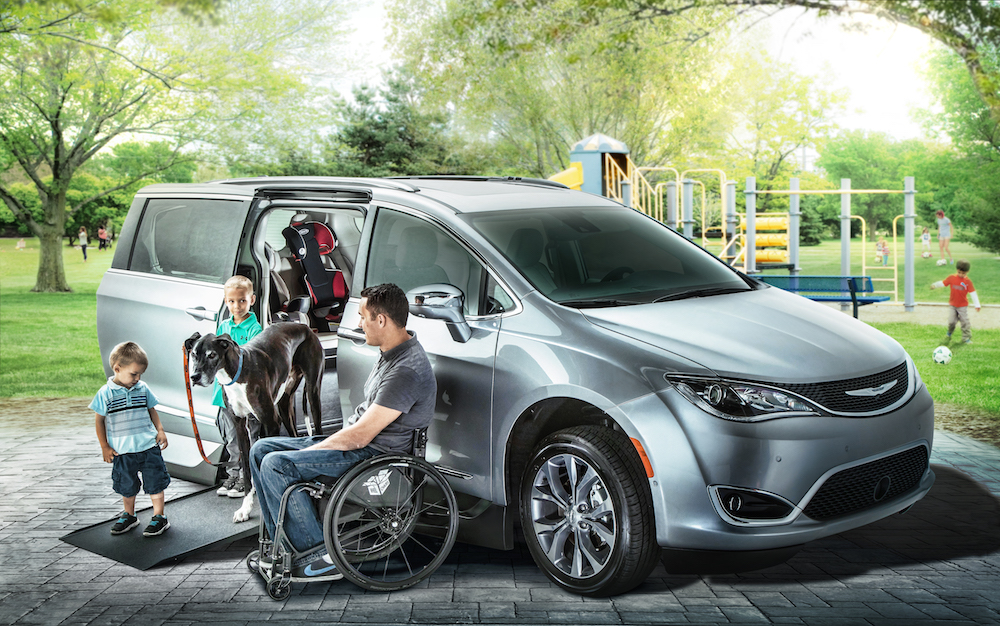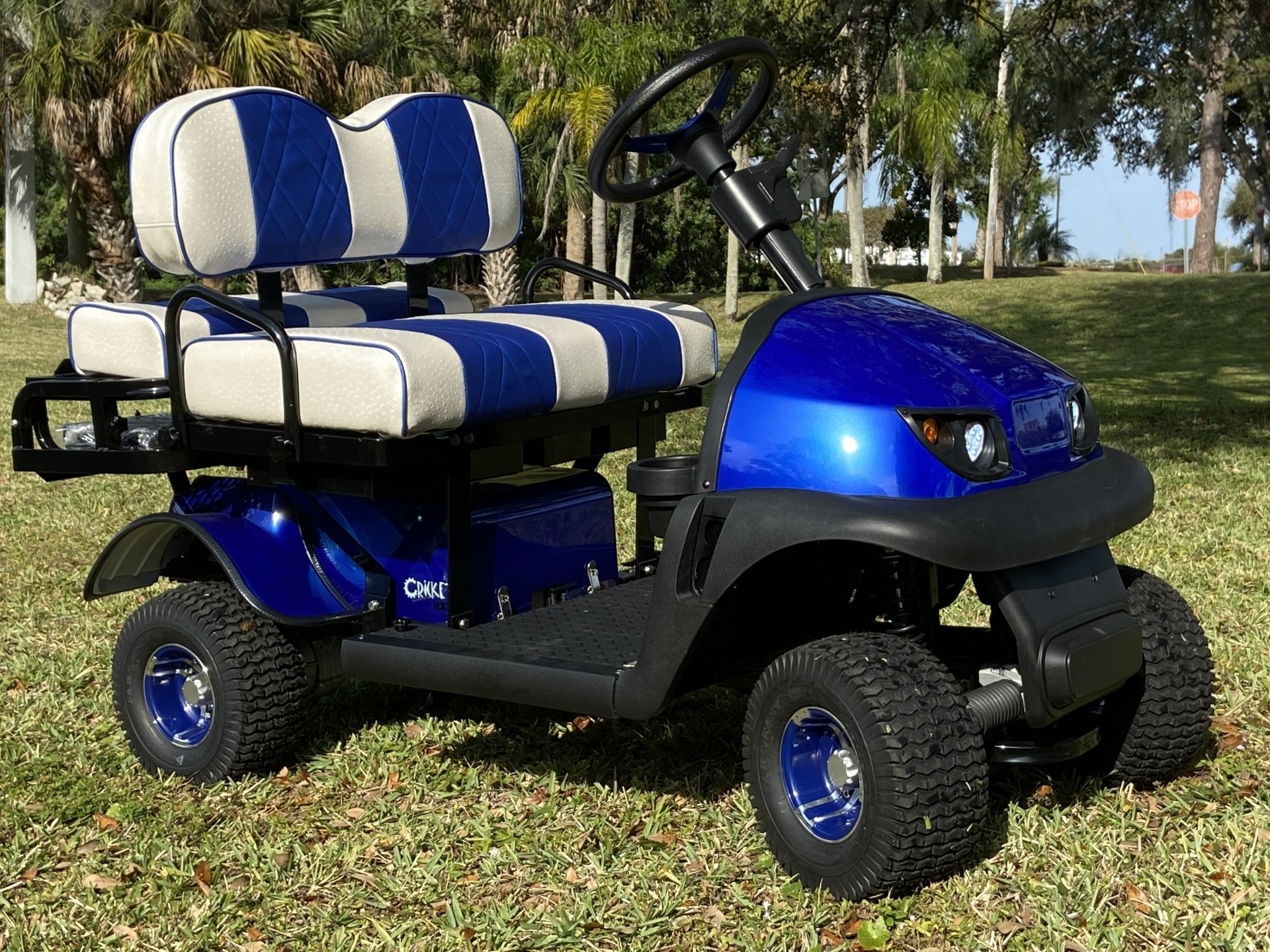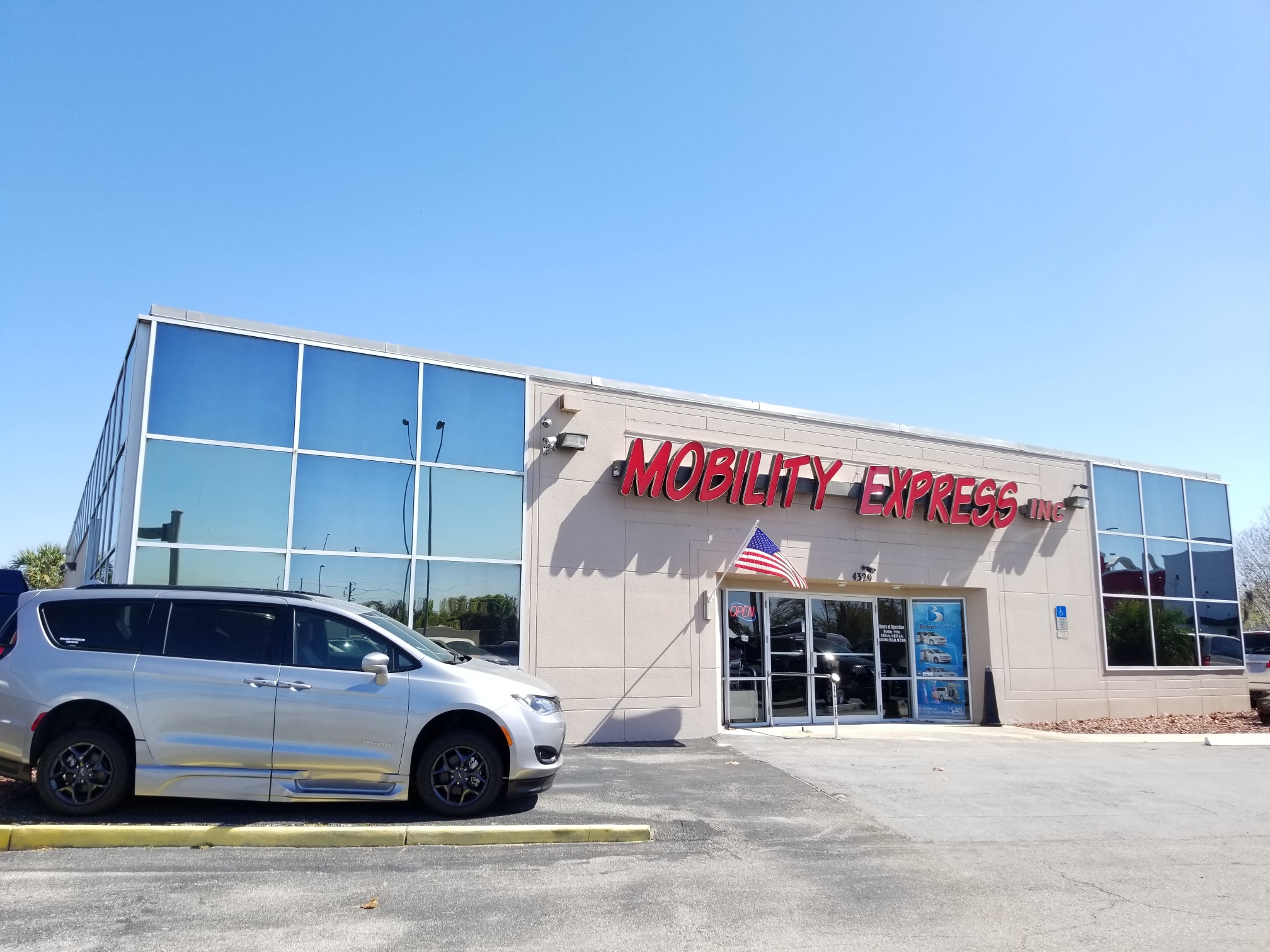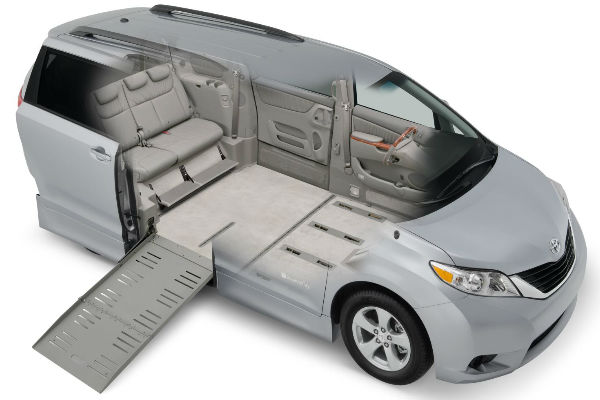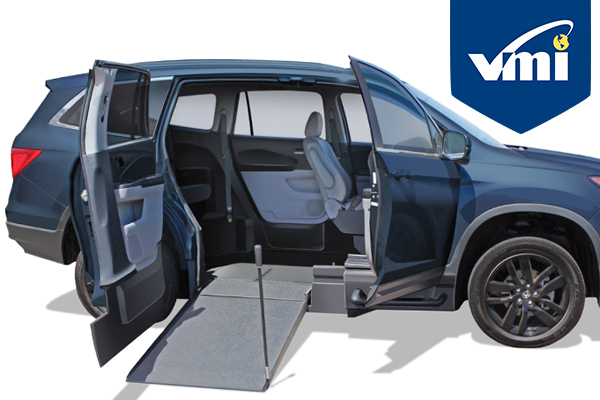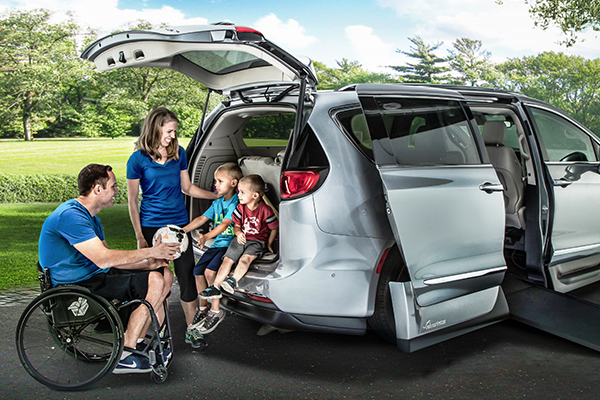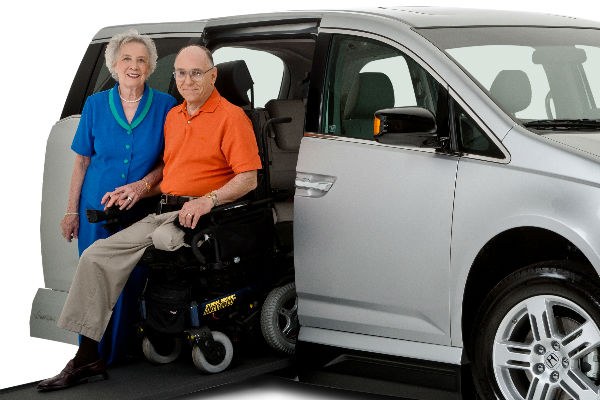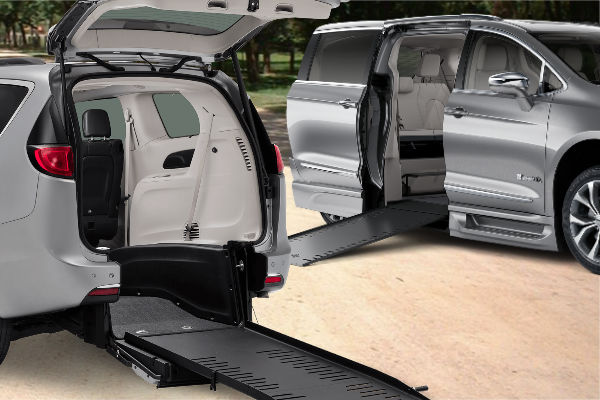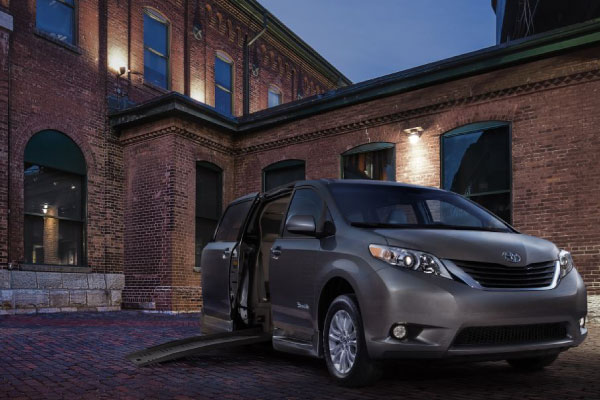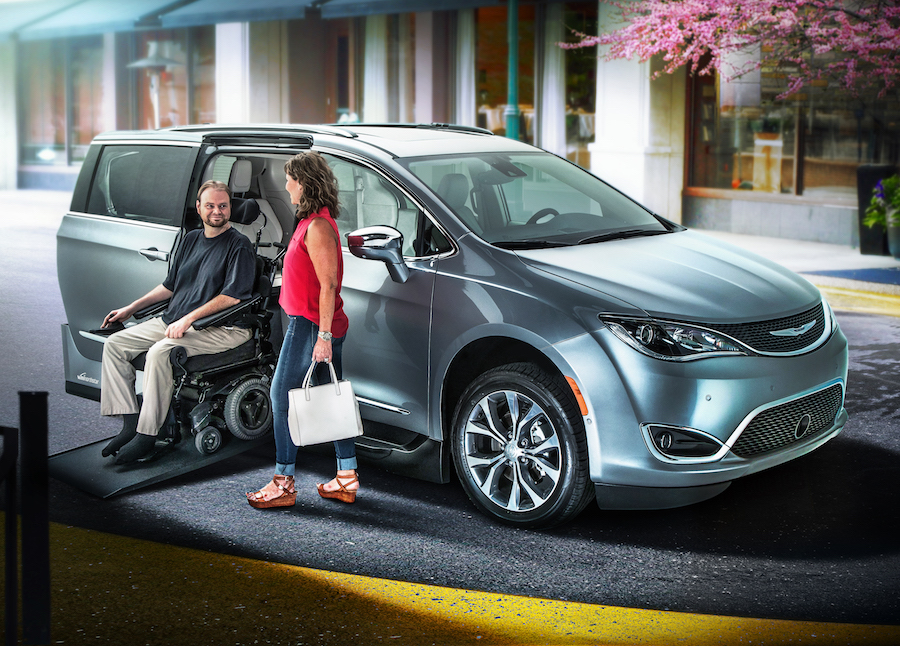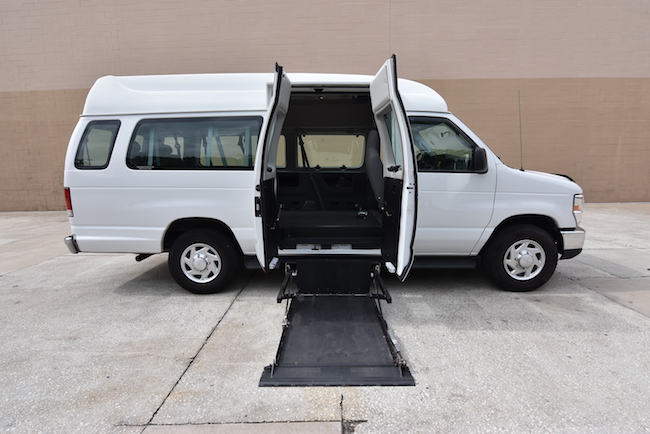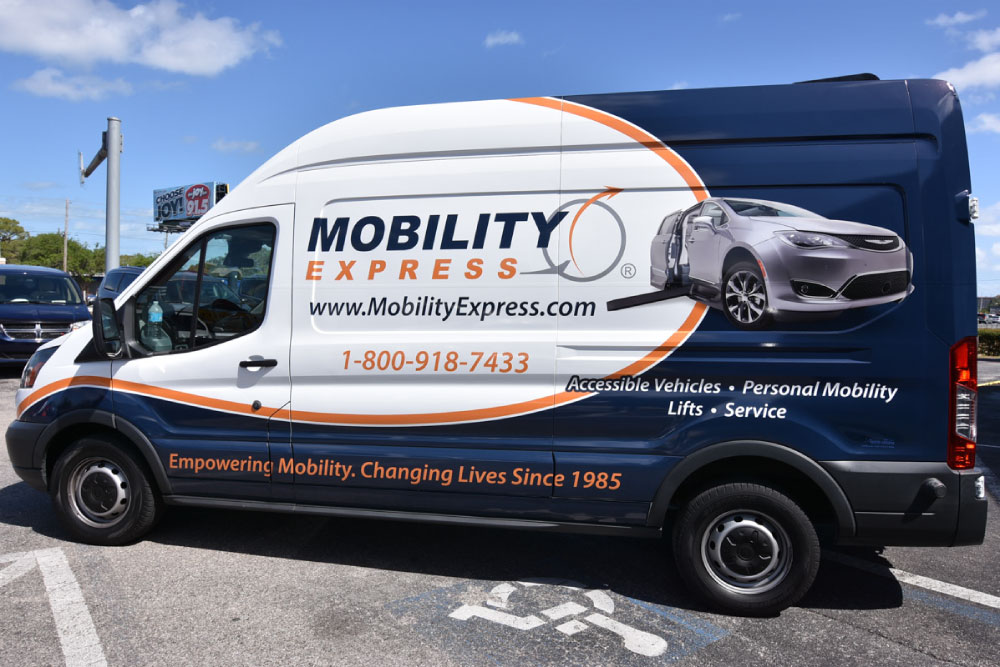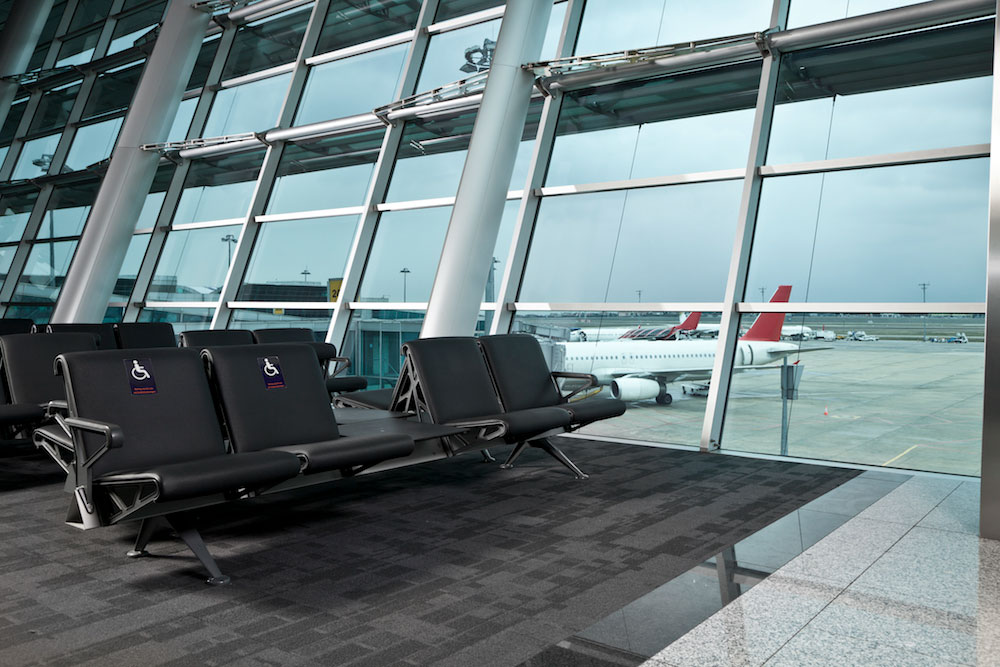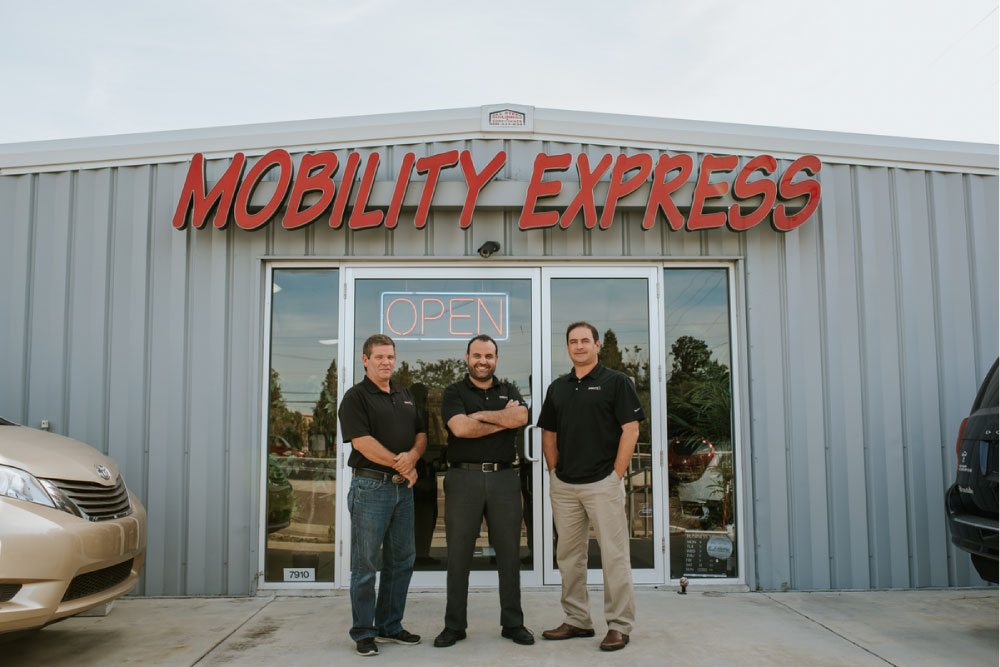Test Driving a Wheelchair Van: Tips for Finding the Right Fit
When shopping for a wheelchair accessible vehicle (WAV), whether you're looking for a wheelchair van or a wheelchair accessible SUV, taking a test drive is one of the most important steps in the buying process. Whether you’re the driver or a passenger, the test drive gives you the opportunity to experience how the vehicle and its accessibility features perform in real world conditions.
Unlike standard vehicles, wheelchair accessible vehicles have specialized equipment like ramps, lifts, lowered floors, and tie down systems. That means your test drive should go beyond a simple spin around the block. Here's how to make the most of your appointment and ensure the vehicle truly meets your needs.
1. Bring Your Wheelchair or Scooter
One of the most common mistakes people make during a WAV test drive is not bringing their actual mobility device. Every chair or scooter has different dimensions, weight, and turning radius. Bringing your equipment allows you to check:
-
Ramp angle and clearance
-
Entry and exit ease (side entry vs. rear entry)
-
Interior space and maneuverability
-
Docking or tie down compatibility
If you're helping a loved one shop for a van, make sure they come along with their chair too. No two setups are alike.
2. Evaluate the Ramp or Lift Operation
This is a key component of any accessible vehicle, and it’s worth spending a few minutes using it multiple times. Take note of:
-
Deployment speed and noise level
-
Manual vs. power operation (and backup methods)
-
Ramp width and weight capacity
-
Any resistance or uneven motion
Ask your mobility consultant to walk you through how the system works, how to maintain it, and what happens if it ever malfunctions.
3. Test the Driving and Ride Comfort
If you're the driver, pay close attention to visibility, steering comfort, and pedal placement—especially if modifications have been made. If you’re a passenger or caregiver:
-
Check for road noise and ride smoothness
-
Make sure the wheelchair position feels stable and secure
-
See how much interaction you can have with the driver or other passengers from your position
Wheelchair accessible vehicles vary widely in layout, especially depending on conversion brand and base chassis (Chrysler, Toyota, Honda, etc.).
4. Try Parking and Exiting in a Real World Setting
If possible, simulate common scenarios:
-
Park in a regular or van accessible handicap space
-
Try deploying the ramp next to a curb or between cars
-
Check if the vehicle fits in your garage or driveway
This will help you understand the practical limitations or advantages of side entry vs rear entry configurations, ramp length, and ground clearance.
5. Ask About Warranty, Maintenance, and Support
Once the driving experience checks out, turn your focus to ownership questions:
-
What’s covered under the conversion warranty?
-
Are service and repairs handled in house?
-
Can I get support remotely if something goes wrong?
Mobility Express offers delivery and virtual consultations nationwide, so be sure to ask what options are available to make future support convenient.
A wheelchair van test drive is about more than just the drive—it’s about comfort, safety, and accessibility. By bringing your own equipment, checking the ramp system, and simulating daily use, you’ll have a much clearer picture of whether a vehicle is right for you.
At Mobility Express, we make it easy to schedule a test drive in person or even arrange a video consultation from your home. Whether you're buying your first WAV or upgrading from an older model, our team is here to help every step of the way.
Ready to schedule your test drive? Contact us today to speak with a mobility consultant or browse our current wheelchair accessible vehicles for sale.
Click the button below to schedule a test drive, home demo, or video call:
